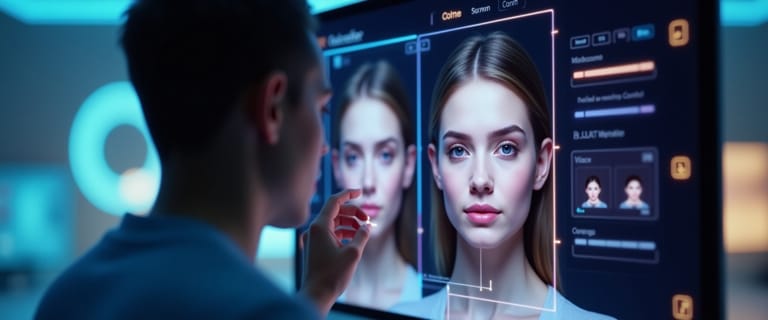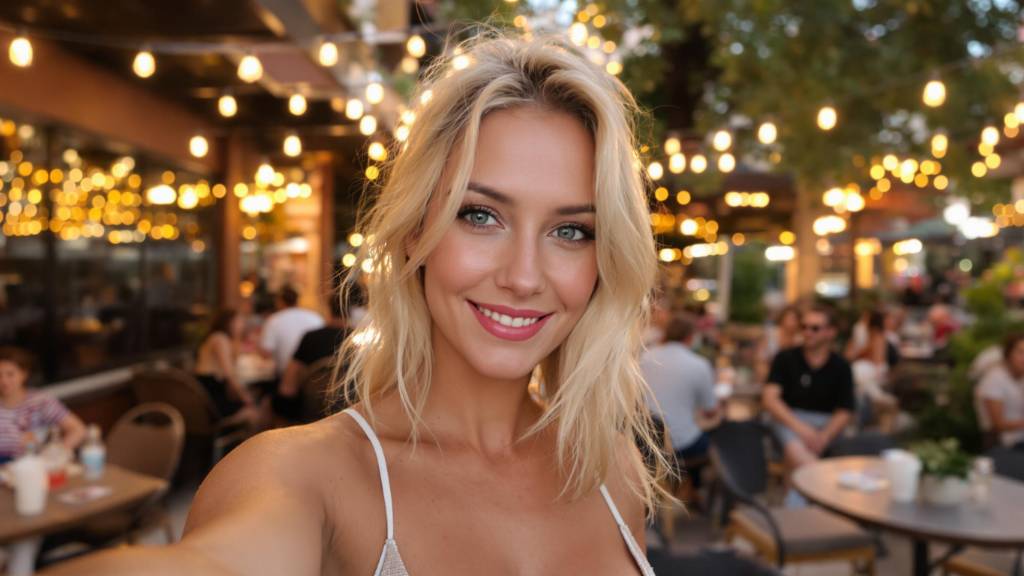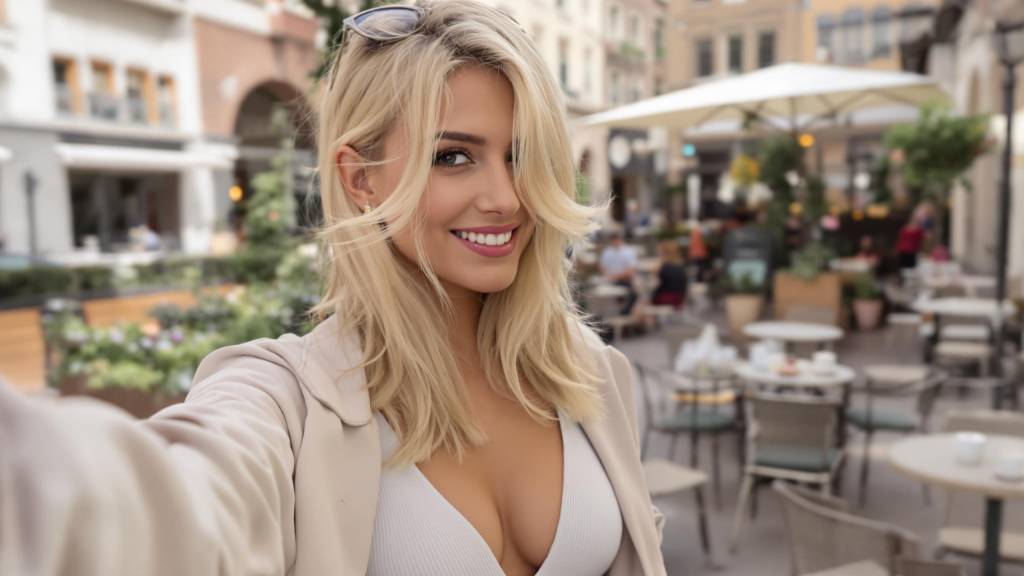As a photographer, your time is your most valuable asset. Every hour spent in front of a computer screen is an hour you're not shooting, marketing, or meeting with clients. And for decades, one of the biggest time-sinks in portrait retouching has been the seemingly simple task of "fixing a smile."
We've all been there. You nail the lighting, the pose is perfect, but in the best shot of the set, the client's smile is just a little too tense, a bit forced, or they aren't smiling at all. The default solution has always been to open up Photoshop. But as most pros know, this is where the "quick fix" becomes a multi-hour ordeal.
This article explores the seismic shift that's happening in professional workflows as specialized AI tools begin to replace Photoshop for this specific, critical task.
The Photoshop Smile Workflow: A Manual Grind
Let's be honest about what it takes to realistically edit a smile in Photoshop. It's not one tool; it's a delicate, multi-step process that requires a deep understanding of both the software and human anatomy.
- The Liquify Tool: You start by carefully nudging pixels. Pushing the corners of the mouth up, trying to create a curve. Go a fraction too far, and it looks like a smear. Don't go far enough, and it's unnoticeable.
- The Puppet Warp Tool: For more complex adjustments, you might place pins on the lips and cheeks, trying to mimic muscle movement. It's powerful, but it's also easy to create an "uncanny valley" effect.
- The Clone Stamp & Healing Brush: Warping pixels often stretches the skin texture. You then have to spend time painting back a natural texture, borrowing from other parts of the face, being careful not to create repeating patterns.
- Manual Masking and Compositing: Often, the "easiest" way is to take a mouth from a different photo in the set. This means meticulous masking, feathering, and then an arduous process of color and light balancing to make the new mouth fit the scene.
This process is an art form. It's also slow, tedious, and notoriously difficult to replicate consistently across an entire photo set.
The AI Workflow: Precision Through Specialization
The new generation of AI tools takes a fundamentally different approach. Instead of asking the photographer to be a digital sculptor, it uses an AI model that already understands what a smile is supposed to look like.
A specialized tool like Expression Editor AI doesn't just push pixels; it applies an anatomical understanding of expression to the photo. For photographers, this means you move from being a pixel-pusher to an art director.
Here's the new workflow:
-
Upload the Photo: Drag and drop the image into the online editor.

-
Adjust High-Level Sliders: Instead of dozens of micro-adjustments, you control the core components of the smile. - 'Smile': Controls the overall curve and emotional intensity. - 'EEE': Controls the horizontal width, mimicking a real muscle pull. - 'AAA': Controls the vertical opening, relaxing the lips. - 'WOO': Controls the pursing of the lips for fine-tuning.
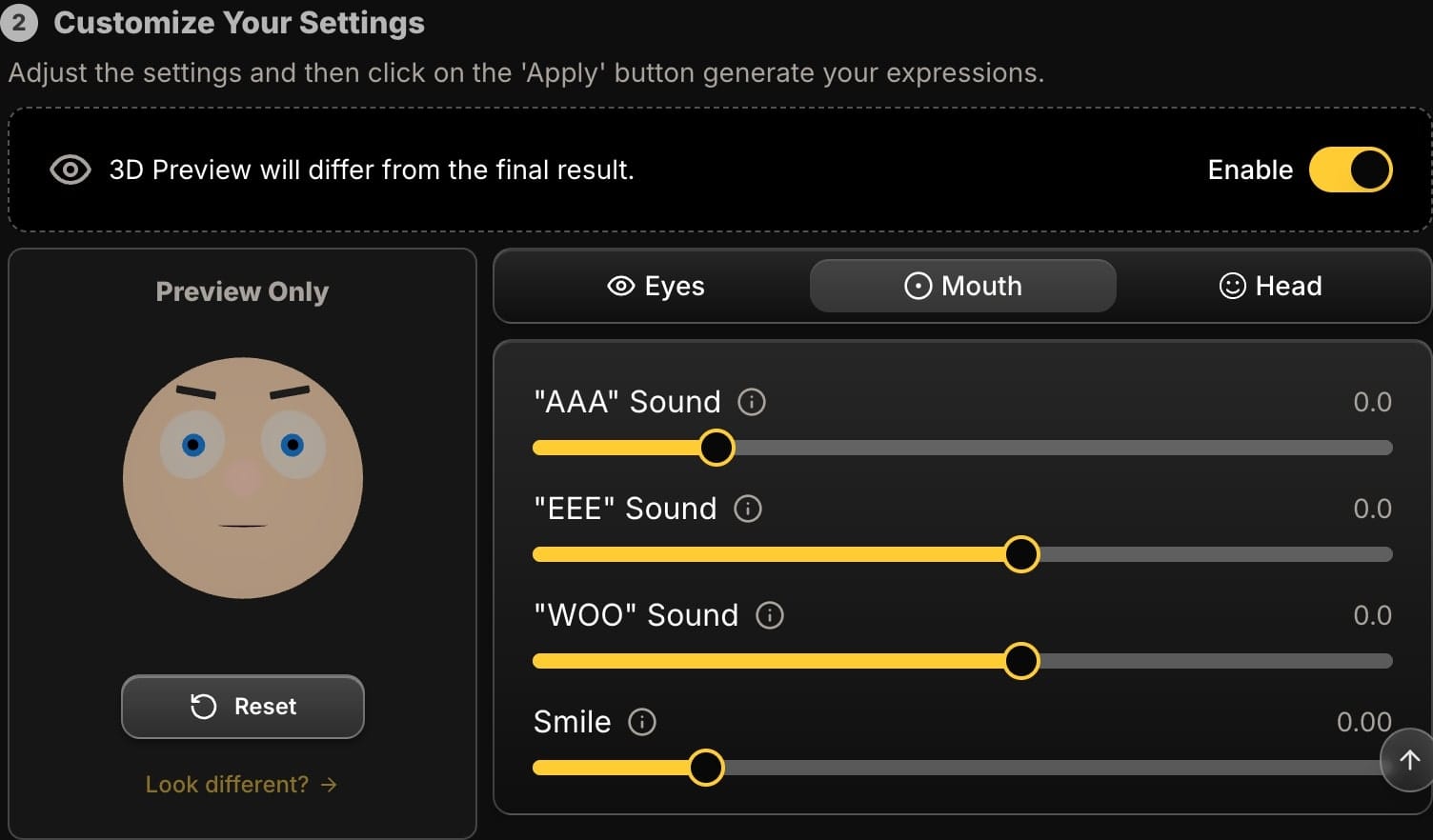
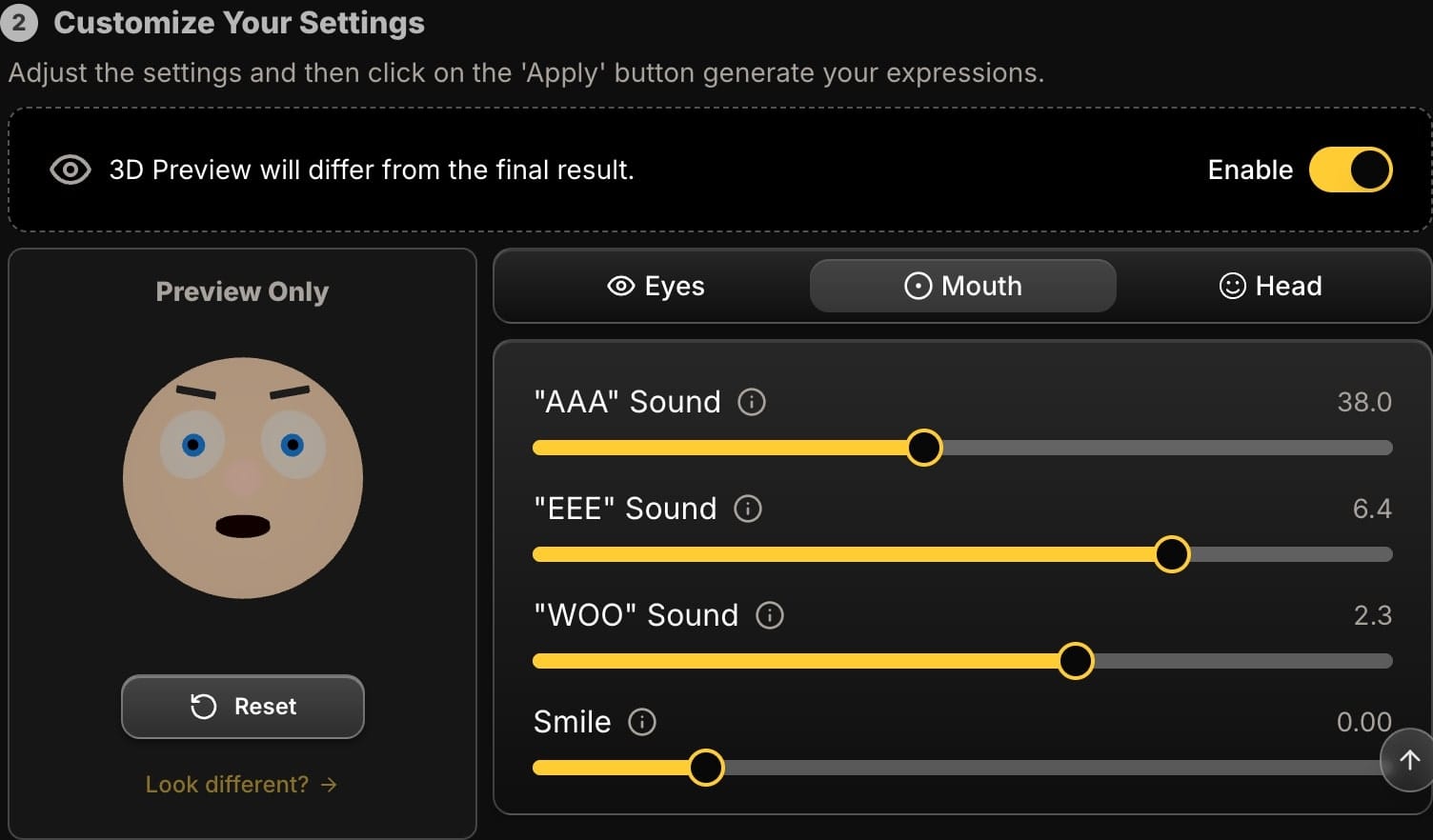
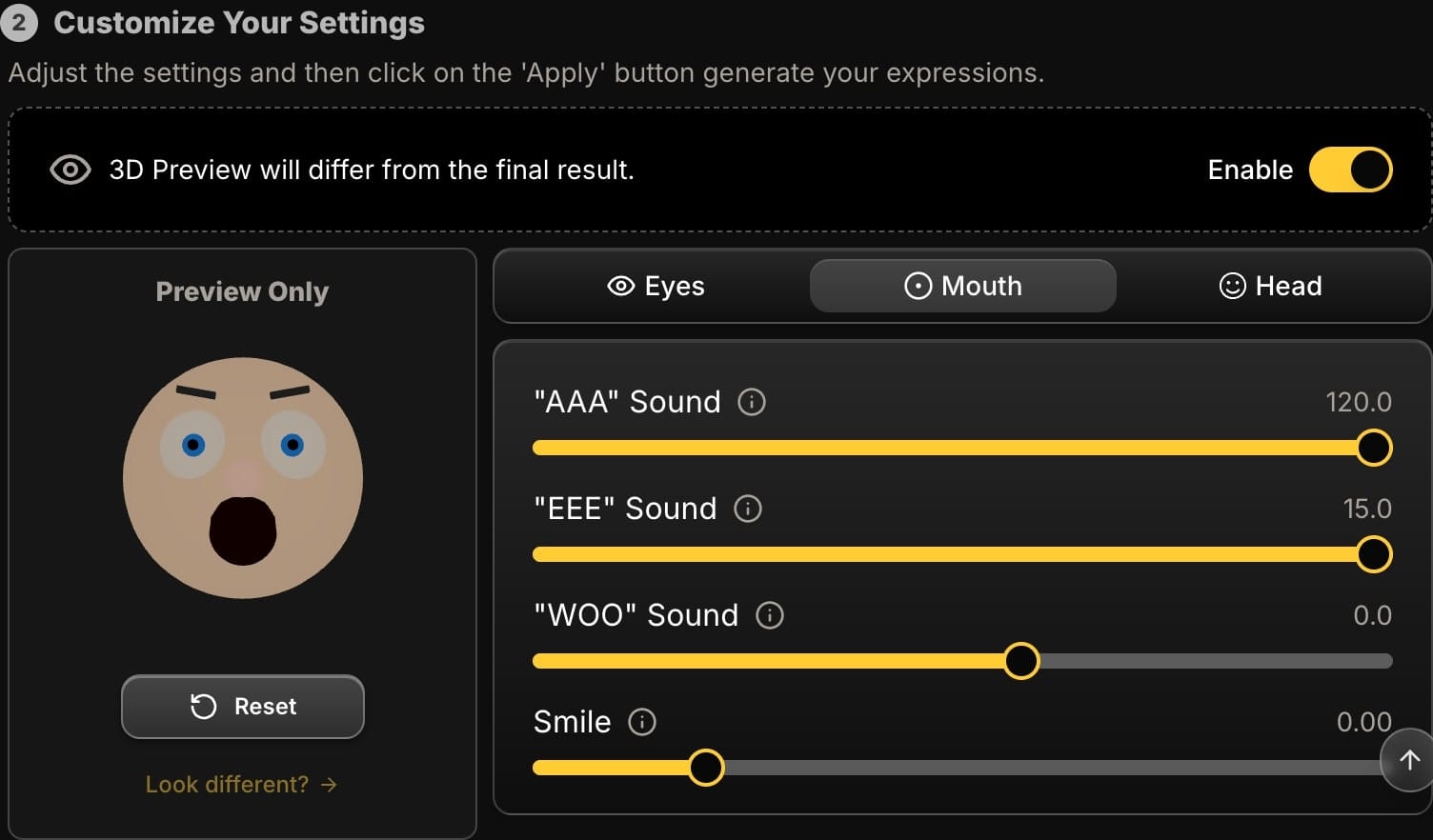
-
Apply and Batch: Once you find the perfect combination, the AI renders the final result. Better yet, these settings can often be saved and applied to other photos in the set for perfect consistency.
The Verdict: Why AI is Winning for This Task
| Factor | Adobe Photoshop | Expression Editor AI | The Impact for Photographers |
|---|---|---|---|
| Time per Edit | 15-60+ minutes | 1-3 minutes | Hours saved per shoot, leading to faster delivery. |
| Consistency | Difficult to replicate across multiple images. | Perfect consistency. Settings can be reused. | A more professional, uniform look for client galleries. |
| Realism | Highly dependent on retoucher's skill. | Consistently high. The AI handles anatomy. | Less risk of client rejection due to unnatural edits. |
| Learning Curve | Years. A highly specialized skill. | Minutes. The sliders are intuitive. | Frees up time to focus on other creative skills. |
It's Not About Replacement, It's About Empowerment
This isn't to say Photoshop is obsolete. For complex, multi-layered composites or deep skin retouching, it remains the undisputed champion. But for the specific, repetitive, and time-consuming task of smile correction, specialized AI tools are simply a better business decision for professional photographers.
By delegating the anatomical heavy lifting to the AI, you get back your most valuable resource: time. You can deliver galleries faster, take on more clients, and spend less of your life behind a screen, all while producing a more consistent and professional final product.
Ready to upgrade your retouching workflow? Try Expression Editor AI with free credits and see how much time you can save on your next shoot.



